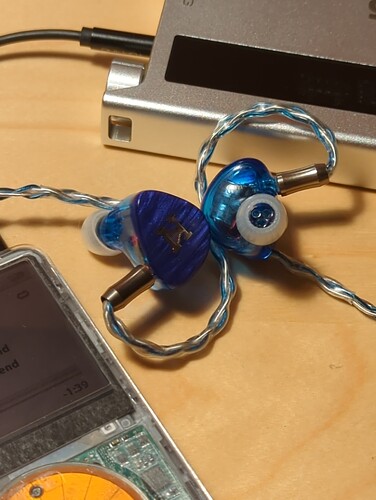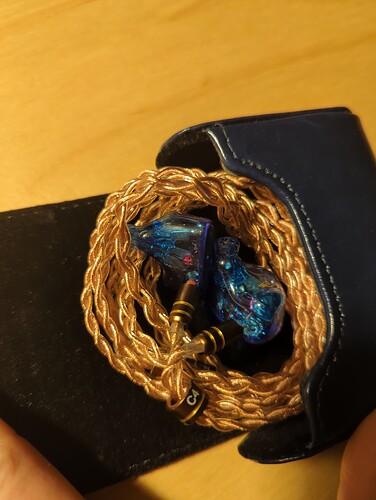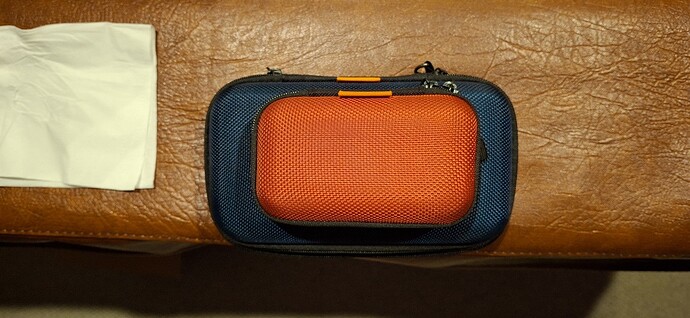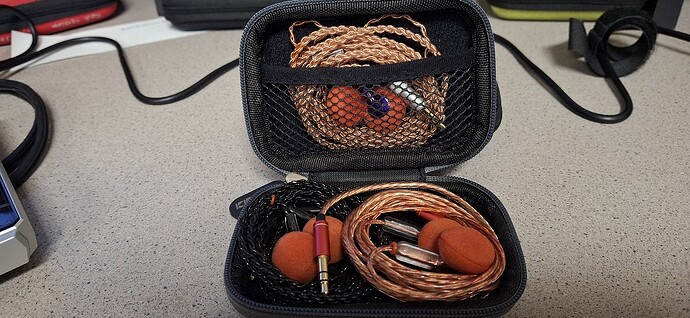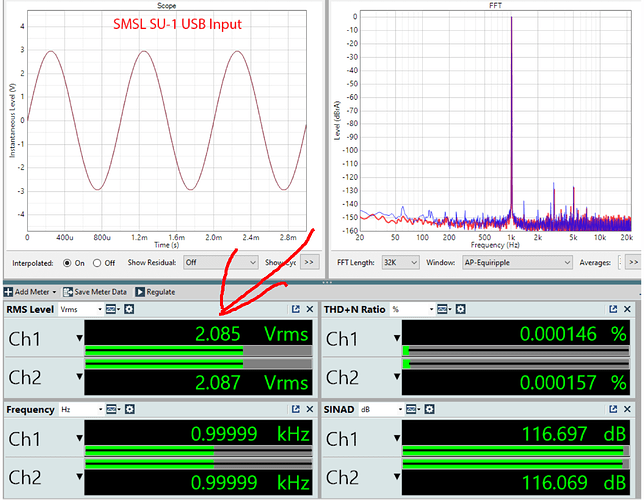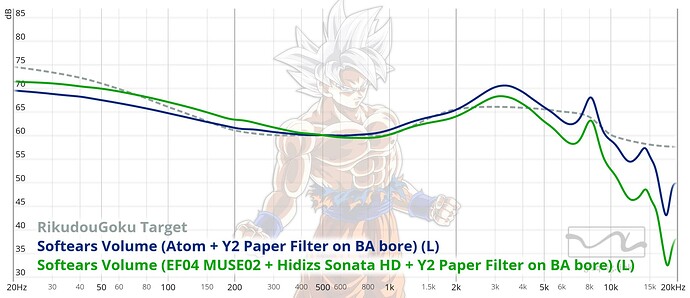The ISN H60 is a $350 hybrid IEM with dual 8mm dynamic drivers (face-to-face) for lows, two Sonion BAs for mids, and two Knowles BAs for highs. It has an impedance of 18 ohms and sensitivity of 112 dB/mW at 1kHz. These are my impressions after a few days listening. Thanks to AudioGeek and the EU tour group for sending these along!
I like that ISN took a chance on the tuning here, to good effect. The mids are the star of the show, forward and complemented by nice mid-bass with good thump. The physicality of the mid-bass is really good, while still keeping the bass clean and definied. The presentation tends toward the intimate side, with good instrument separation despite not feeling as spacious as something like the TSMR Shock or Ziigaat Estrella. Vocals have a slightly dark/warm/husky character that I got used to pretty quickly, though the I found the mids-forward signature could get a bit fatiguing during longer sessions. While not particularly bright, there’s a touch of shout in the upper mids and the treble isn’t especially sparkly or airy. However, I’m sensitive to shout, so YMMV. I found the tuning worked well for acoustic/classic-rock type music, but lacked the sub-bass grunt that I look for when listening to hip-hop, pop, and electronic music. Besides missing that bass extension, the bass on this set is great.
Coming from the TSMR Shock and X, the H60 offers a different take on vocal presentation. While the Shock excels in vocal separation, and the X takes a more laid-back approach with thinner male vocals and more sub-bass focus, the H60 brings a warmer, more intimate vocal character.
At this sensitivity, they’re very easy to drive. However, this also meant I could clearly hear the noise floor when listening directly from my iPod 5th gen, though this wasn’t an issue with the Topping G5 or Qudelix 5k. I found my usual Moondrop Springtips (M and S) and Penon Liqueur Black (S) worked well.
The fit was unfortunately a dealbreaker for me. The wide (7mm) nozzles made them uncomfortable after short listening sessions, and I couldn’t manage more than about an hour at a time. The shell also created hot spots where it rested on my concha - though this is highly personal.
If you’re looking for a mids-centric set complimented with very well executed bass (with a focus on the mid-bass, rather than sub-bass), this is definitely a good set to consider.
